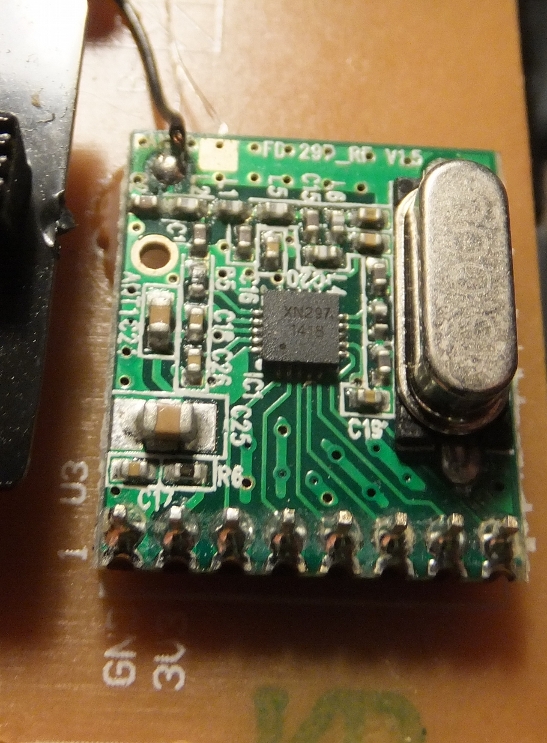Search Results (Searched for: cx-10)
- camousse
24 Nov 2014 19:21
- btoschi
24 Nov 2014 01:03 - 24 Nov 2014 01:03
- magic_marty
24 Nov 2014 00:23
- btoschi
23 Nov 2014 23:39 - 24 Nov 2014 00:04
- camousse
20 Nov 2014 09:34
- FDR
20 Nov 2014 07:46
- magic_marty
20 Nov 2014 06:27
- btoschi
19 Nov 2014 21:24
- camousse
19 Nov 2014 20:16 - 19 Nov 2014 20:16
- camousse
16 Nov 2014 20:47
- camousse
16 Nov 2014 16:34
- camousse
16 Nov 2014 16:24
- camousse
15 Nov 2014 22:12
- Ziggy
14 Oct 2014 15:50
- SeByDocKy
08 Oct 2014 08:02
- btoschi
07 Oct 2014 20:30 - 07 Oct 2014 21:44
- hexfet
07 Oct 2014 16:02
Replied by hexfet on topic SOLVED: CX-10 binds but does not ACK packets
SOLVED: CX-10 binds but does not ACK packets
Category: Protocol Development
- alibenpeng
07 Oct 2014 09:27
Replied by alibenpeng on topic SOLVED: CX-10 binds but does not ACK packets
SOLVED: CX-10 binds but does not ACK packets
Category: Protocol Development
- Wene001
02 Oct 2014 19:24 - 02 Oct 2014 19:24
- SeByDocKy
30 Sep 2014 15:48
Time to create page: 0.683 seconds


